|
|
Post by davidjp on Mar 3, 2015 15:40:15 GMT -5
Thought I'd start a California native thread. Apparently with close to 5,000 native species, 1400 of them endemic California has one of the richest flora in the world. I'm always amazed how common they are as garden plants back in Europe as well. I don't know too much about them but I'm starting to try and convert some areas of my garden to natives, if only because i think they can be wonderful and also this is really what i should be growing here, not to mention they're waterwise. Here's a trial bed 2 yrs no water so far and things are really looking established, still need a few more things in here but I'm quite pleased. 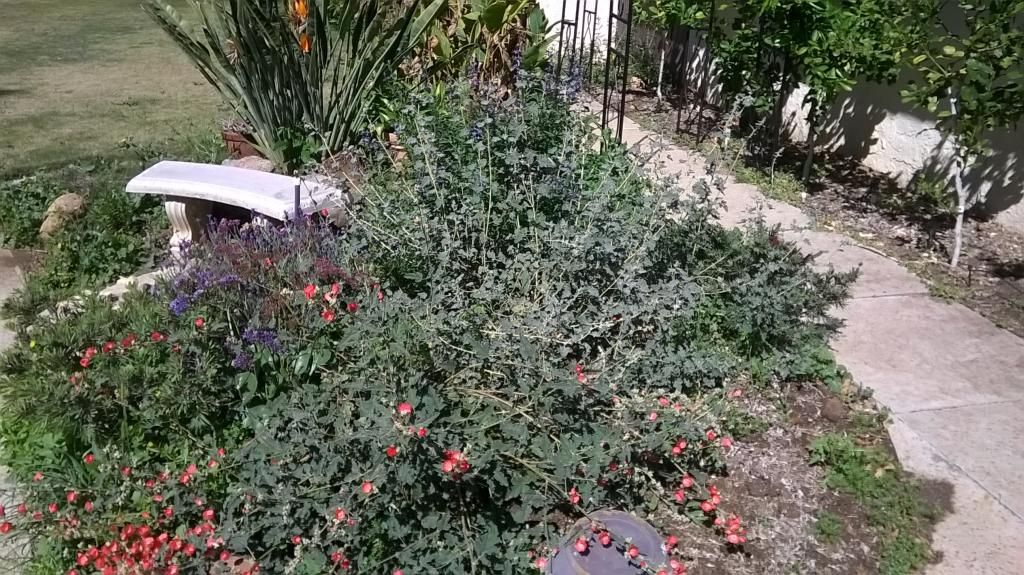 Apricot/ Desert mallow Sphaeralcea ambigua var Louis Hamilton 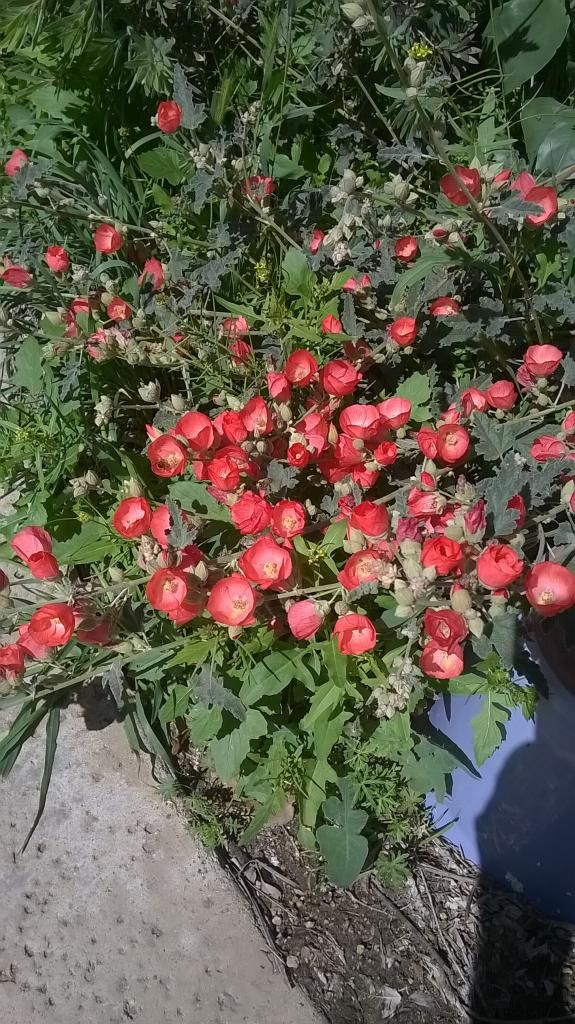 Brandegees sage Salvia brandegei 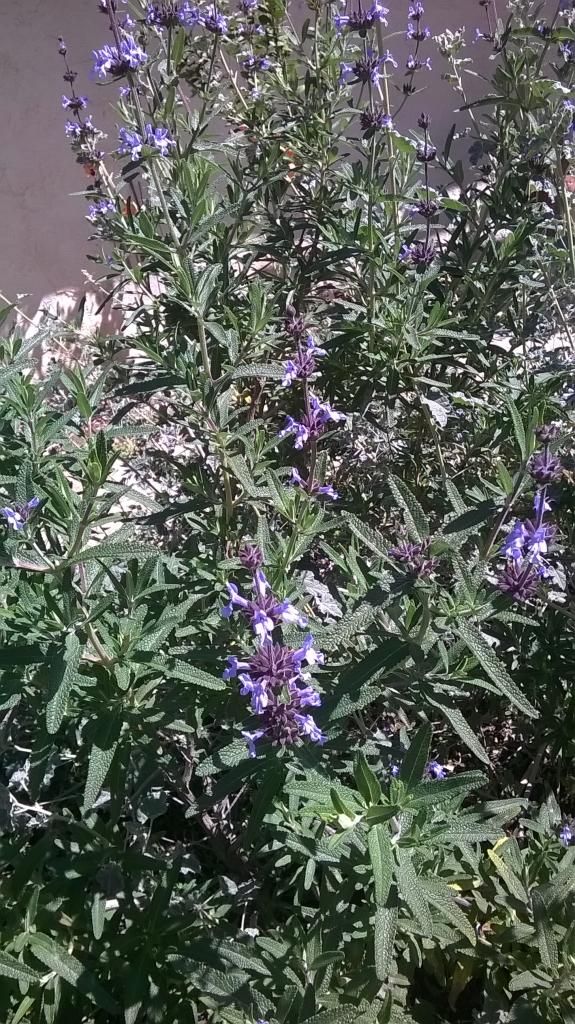 |
|
|
|
Post by davidjp on Mar 3, 2015 16:42:06 GMT -5
|
|
|
|
Post by prunella on Mar 3, 2015 17:50:59 GMT -5
Nice garden! Liked seeing Brandegee mentioned. I'm in Gold Country (near Coloma) and around here she started as the first woman doctor in the gold rush area. She used plants for some medical uses, Doctor business wasn't so great (men weren't rushing to a woman doctor), so eventually she became more a botanist. At the time she was Kate Layne, so many local plants are species . ..layneae. She ended up married (a few times; Scandalous!) to Thomas Brandegee, a botanist of some fame. They traveled along the rail lines of the time, into the desert areas of SoCal, stopping for a botanizing at ail stops. This will explain the many desert plants with species brandegee. Here is the happy couple:I've been to Las Pilitas, it's terrific place for sure. |
|
|
|
Post by davidjp on Mar 3, 2015 18:18:06 GMT -5
Nice garden! Liked seeing Brandegee mentioned. I'm in Gold Country (near Coloma) and around here she started as the first woman doctor in the gold rush area. She used plants for some medical uses, Doctor business wasn't so great (men weren't rushing to a woman doctor), so eventually she became more a botanist. At the time she was Kate Layne, so many local plants are species . ..layneae. She ended up married (a few times; Scandalous!) to Thomas Brandegee, a botanist of some fame. They traveled along the rail lines of the time, into the desert areas of SoCal, stopping for a botanizing at ail stops. This will explain the many desert plants with species brandegee.I've been to Las Pilitas, it's terrific place for sure. Great info I didn't know any of that, lots of interesting stories behind all these things I'm sure. They obviously made it to the Channel islands as well as I think Brandegee's sage was originally a native of Santa Rosa Island off Santa Barbara. Its sort of surprising that it seems to do so well here as its much hotter and drier than there and whilst it was looking pretty sorry for itself last last summer its really come alive this spring and its now totally independent of any watering I do. It seems quite a lot of the selections of native plants cultivated were originally from the Channel Islands. Love the area you're in, I'd guess the manzanitas will be in bloom soon. |
|
|
|
Post by Veggie Gal on Mar 5, 2015 13:11:13 GMT -5
David, beautiful plants, I'm going to get a Brandegee Sage for my garden. Thank's Steve for the history, I love info like that.
|
|
|
|
Post by prunella on Mar 5, 2015 17:39:30 GMT -5
Looking for sources? Try these" What Grows Here?: www.calflora.org/wgh.htmlCNPLX.info: www.cnplx.info/nplx/cprofile?cc=ELDWhat Grows is a part of Calflora.org, a nice place to see what plant blooms look like. CNPLX is a site where you put n your location and get a list of what things grow there and what plants associate with the whole group! Las Pilitas has been mentioned, but farther away, Annies Annuals in Berkeley specializes in , well, annuals and is able to ship: anniesannuals.com |
|
|
|
Post by Latitude33 on Mar 7, 2015 0:00:53 GMT -5
Steve/David Thanks for the links. Couple titles for those seriously interested in California natives: "An Island Called California" by Elna Bakker with Gordy Slack and "California Flora" by Philip Munz. Cal Flora is more taxonomic key but also the last word on natives in the Golden State. Coloma huh? Had/have family in Auburn, Dutch Flats, Citrus Heights on up to Truckee. How did I end up down here?  |
|
|
|
Post by davidjp on Mar 9, 2015 12:28:06 GMT -5
|
|
|
|
Post by OregonRed on Mar 11, 2015 11:52:30 GMT -5
I have been toying with getting some of the fiddle necks. I've seen them in catalogs in purple/blue, supposed to be good for beneficials. Would look cool in my "pollenators bed" at the CG just for visual interest
|
|
|
|
Post by davidjp on Mar 11, 2015 15:37:53 GMT -5
They are quite pretty. I haven't seen them for sale much. The ones I have just seem to come up spontaneously and I have quite a good patch, one of my neighbours who doesn't do any gardening, has about 1/4 acre of these things growing away and they look very pretty en masse. The pictures above were taken at a local county park that has quite good wildflowers and is thankfully neglected and so its really quite a nice place. Unfortunately amongst patches of these 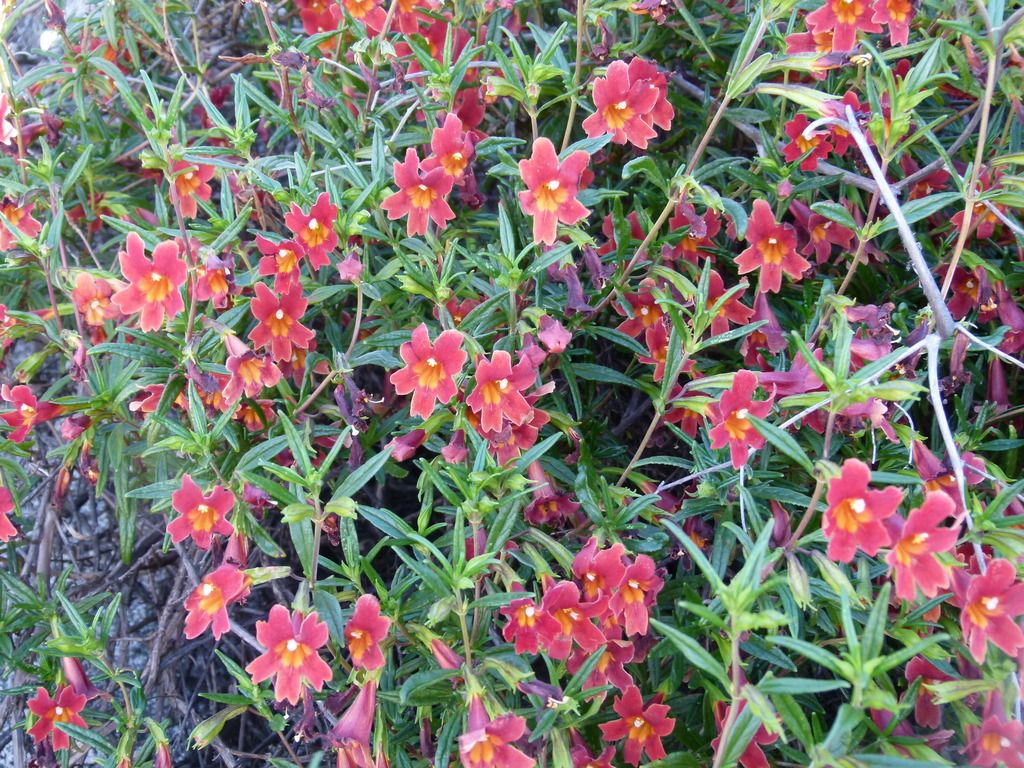 You get some of these occasionally and so its somewhere I tend to go early in the season before it gets too warm and lots of these come out 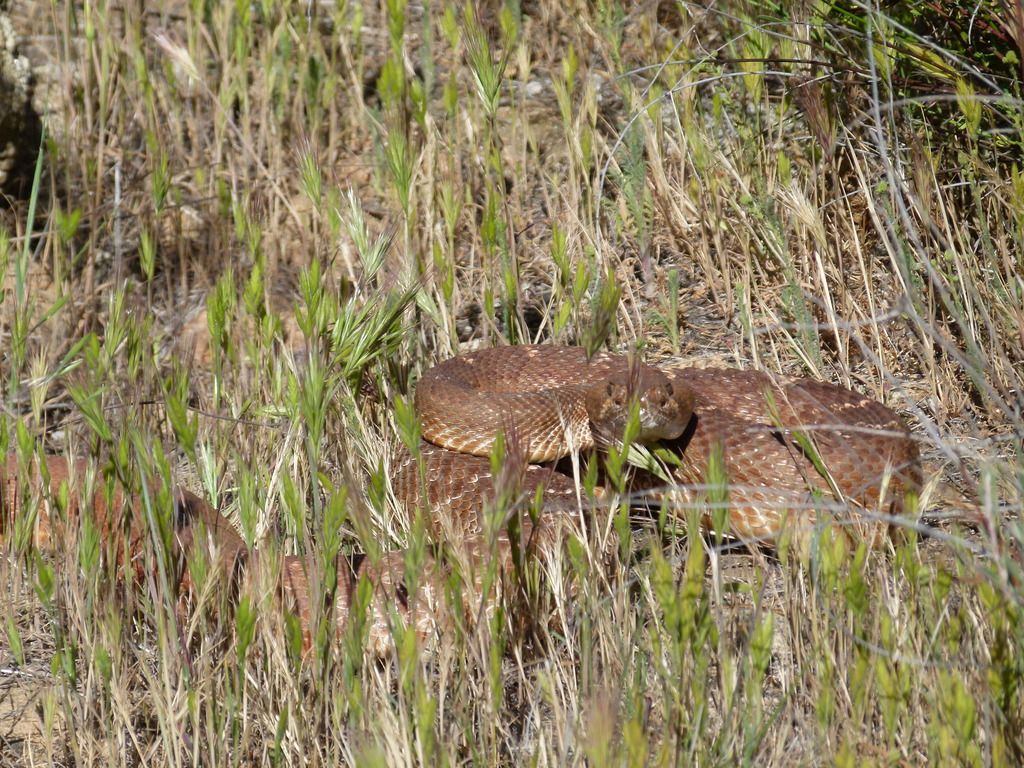 |
|
|
|
Post by prunella on Mar 11, 2015 16:06:55 GMT -5
Unfortunately amongst patches of these I don't understand! What's unfortunate" The photo suggests those are Mimulus (monkeyflower). Looks to me like two petals up, three down. Can you describe them any better? If you're in a park, perhaps there's a pamphlet or park person who can ID the pink flowers. |
|
|
|
Post by davidjp on Mar 11, 2015 16:31:35 GMT -5
I don't understand! What's unfortunate" The photo suggests those are Mimulus (monkeyflower). Looks to me like two petals up, three down. Can you describe them any better? If you're in a park, perhaps there's a pamphlet or park person who can ID the pink flowers. No didn't mean to confuse I was referring to the second photo. I think the flowers are Diplacus puniceus. We spotted the 4ft red rattlesnake on the way up to take this photo of the monkeyflowers and only narrowly missed disturbing it. Believe me it wasn't moving out of the way or letting us know it was there so we had a mexican standoff for a while whilst i had to find another path to go down. Its a local county park and there are no park rangers at least that I have seen or even rarely anybody else on the place. Thats actually one of the reasons I like it no development at all. Its about 300 acres with some riparian and juniper woodland as well as sage scrub and chaparal and quite good wildflowers at times. Whats unfortunate is that rattlesnakes are very common there and after a certain point, late April/May I don't go there as I've had rather too many encounters for my liking with two somewhat oblivious dogs in tow. |
|
|
|
Post by prunella on Mar 11, 2015 16:36:30 GMT -5
I have been toying with getting some of the fiddle necks Purple? Hmmm. If you are seeing "fiddlenecks" in colors other than yellow, that's unexpected. Natives are yellow. Be sure you're talking about Amsinckia (Am- sink-ia). And check whatever suggests them as medicinal as they are poisonous to cattle and annoying to humans because of the tiny hairs that irritate. Just a cautionary comment to remind you to look for botanical names on seed packets or whatever articles promote herbal uses. Your chamomile may have been the "stinking" species, and fiddlenecks ca be a common name for flowers other than Amsinckia. This is exactly why plant discussions often depend on botanical; names for clarity. |
|
|
|
Post by OregonRed on Mar 11, 2015 20:48:13 GMT -5
gottit, thank you :~D
|
|
|
|
Post by davidjp on Mar 20, 2015 15:40:02 GMT -5
|
|